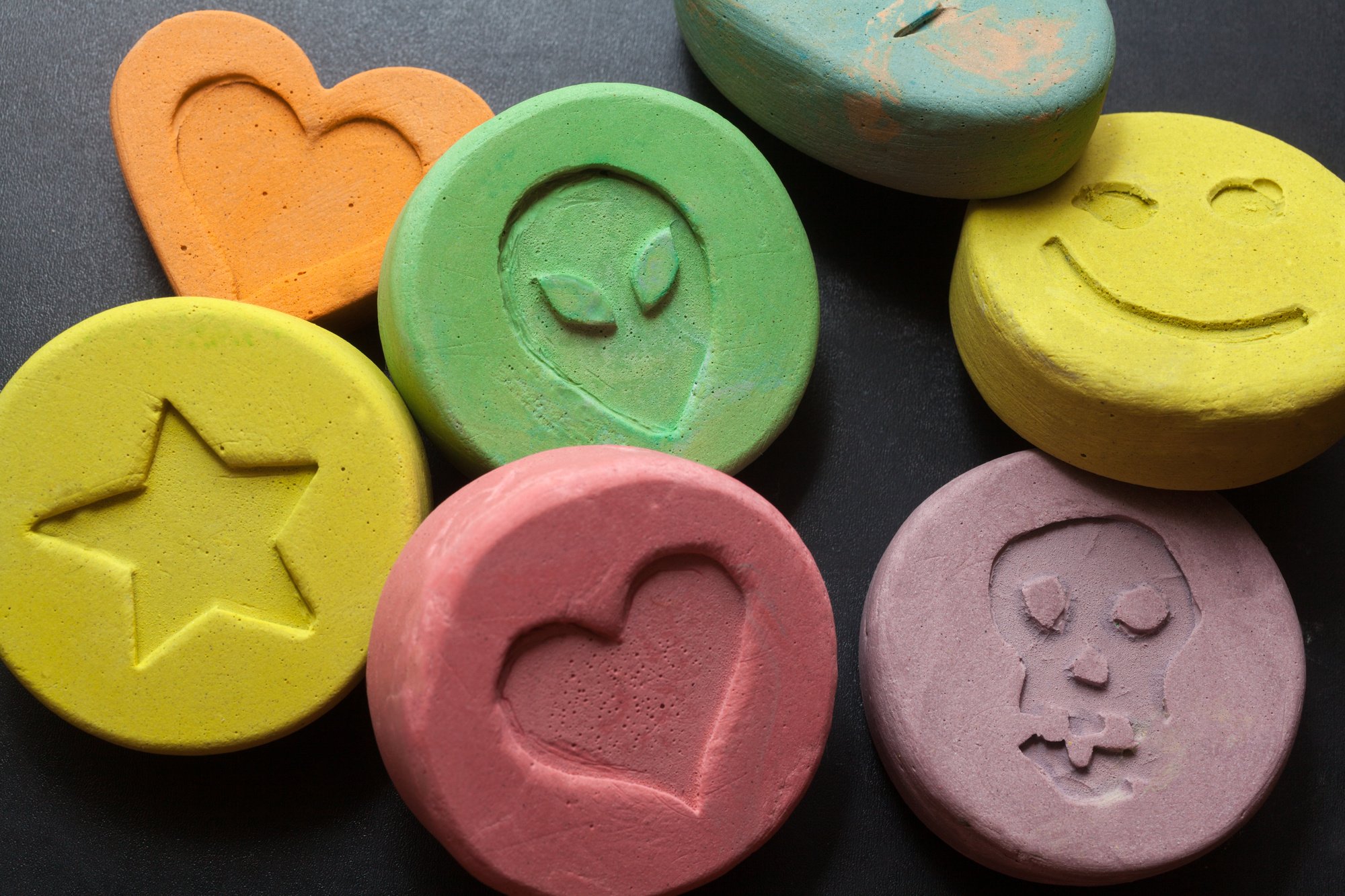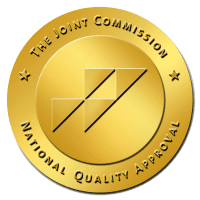More than 100,000 people die every year due to recreational drug overdoses. Even more face medical emergencies and hospitalization. Though the percentages have shifted due to the opioid epidemic, these numbers are still due to the widespread use of “party drugs” like ecstasy and molly.
The terms “ecstasy” and “molly” are often used interchangeably. That is likely because both share similar chemical compositions and effects on users. However, they are not the same, each having distinct forms, ingredients, and risks.
This article breaks down the differences between ecstasy vs molly. It explains the qualities of these two destructive drugs and the dangers they pose. Keep reading to learn more.
What Are Ecstasy and Molly?
Ecstasy is a synthetic drug that produces psychoactive effects. It has a similar chemical makeup to some stimulants and hallucinogens. Ecstasy is often referred to by the diminutives “X” or “E.”
Ecstasy usually comes in pill form and is often printed with unique logos or designs. It’s common at concerts, raves, and other entertainment events.
“Molly” is also a synthetic drug similar to ecstasy. “Molly” is short for “molecular,” which refers to its more basic makeup. It comes in crystalline or powder form and is taken for similar purposes as ecstasy.
Ingesting or snorting the powder is the most common means of taking molly. However, the power or crystalline is often encapsulated.
The effects of ecstasy and molly usually start about 45 minutes after taking either. Drug effects peak somewhere between 15 and 30 minutes after they are first felt. They last an average of three hours, though the side effects can linger for several days or longer.
Although the clinical use of psychedelic compounds has increased a great deal in recent years, both ecstasy and molly are still considered “recreational.” This means they are solely used without medical justification.
How Ecstasy and Molly Are Alike
Both ecstasy and molly have the same basic chemical makeup. The main component is 3,4-Methylenedioxymethamphetamine (MDMA).
MDMA was first made by a German pharmaceutical company in 1912. Its intended purpose was to help synthesize medications that control bleeding. Over the next 50 years, the compound never underwent any clinical trials and was never marketed or sold for any medical purposes.
In the late 1970s and early 1980s, ecstasy and molly became popular street drugs. In 1985, the U.S. Drug Enforcement Administration (DEA) first added it to its list of Schedule 1 drugs. These do not have any medical utility but have a high potential for abuse.
Both ecstasy and molly work by increasing chemical activity in the brain. These include dopamine, serotonin, and norepinephrine.
Dopamine is the body’s “reward system,” which reinforces behavior. It helps increase mood and energy levels.
Norephinphrone increases energy as well and causes rapid heart rate and blood pressure. Serotonin also affects mood and can create strong feelings of empathy or emotional closeness.
How Ecstasy and Molly Differ
The short version of the differences between ecstasy vs molly is that they are two different forms of MDMA. When it’s in its purest form, MDMA is crystalline. Molly refers to this form, which you can also grind into a powder.
As mentioned, ecstasy comes in a pill or tablet form. For it to be pressed into this state, it needs to be mixed with other ingredients. Since it’s not pressed into pill form, pure molly lacks any additives that are present in ecstasy.
Risks Associated With Ecstasy and Molly
There are two main dangers of taking ecstasy and molly. The first is the risks associated with MDMA itself, and the other deals with “bad batches.”
Dangers of MDMA
All psychoactive drugs can be dangerous. That’s why there are many negative side effects associated with ecstasy and molly. Common ones include sweating, nausea, involuntary clenching of the teeth, and blurred vision.
Other drug symptoms, like heart rate and blood pressure, can be dangerous as well. This can lead to increased anxiety, irritability, and insomnia. More serious outcomes include an increased risk of heart attack or stroke.
MDMA drugs are associated with heightened aggression and impulsiveness. Attention and memory problems are also common.
There are also some serious long-term side effects associated with taking ecstasy and molly. These include more severe manifestations of some of the symptoms already mentioned, such as anxiety. It can also lead to depression and decreased interest or pleasure derived from other activities.
Note that while MDMA has a lower risk of addiction than other controlled substances, it can still be habit-forming. Also, the risk of the side effects mentioned above increases a great deal with habitual drug use. In many cases, clinical therapy and other recovery services for ecstasy or molly addiction are needed.
Risks From “Bad Batches”
Beyond the risks associated with MDMA itself, there are other dangers associated with taking ecstasy or molly. A big one is getting contaminated drugs. Due to the nature of its production, this is often the case with ecstasy, but it can happen with molly as well.
Although many people take molly because it’s ostensibly the “purer” of the two drugs, it too runs a risk of contamination. In fact, molly seized by law enforcement and analyzed in laboratories often reveals the presence of many other substances.
Besides the chemical MDMA, ecstasy and molly often have methylone and ethylone, compounds that are common in “bath salts,” mixed in. Other common additives include caffeine, amphetamines, ephedrine, ketamine, and fentanyl.
Some of these are extremely dangerous substances. They can cause myriad types of impairment as well as serious health perils or even death.
Learn More About Ecstasy vs Molly
Now that you understand the differences between ecstasy vs molly, you can have a better understanding of the harmful effects they can create. Seeking recovery is not a sign of weakness but just the opposite: a courageous endeavor to prioritize your health and personal well-being.
Purpose Healing Center is a leader in the behavioral health care industry, providing treatment for both substance abuse and co-occurring mental health issues. We have campuses in both Phoenix and Scottsdale, and we work with most insurance carriers. Reach out to us today to learn more.



